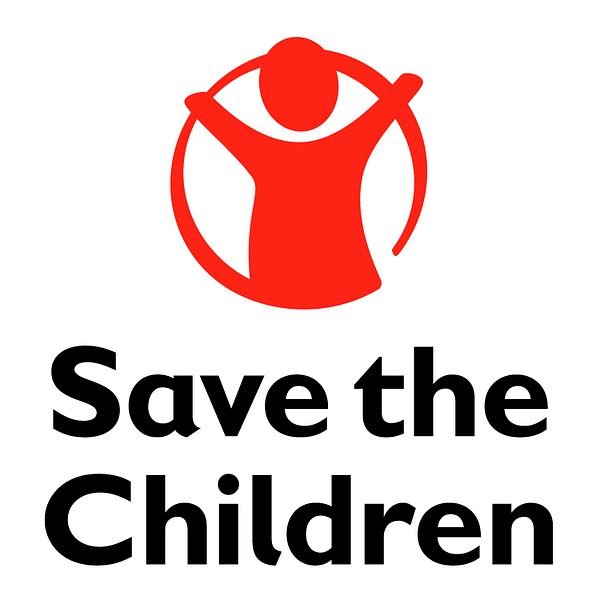Press release -
Floods expected to prolong for up to three months, Save the Children calls on the National Government and International Community to intensify efforts to address crucial needs of children
Manila, Philippines – Most of heavily flooded low-lying areas in the National Capital Region, Region III (Bulacan, Pampanga, Tarlac provinces) and Region IV-A (Rizal and Laguna provinces) are still underwater after monsoon rains for the past two weeks battered the country, affecting 4.2 million people including more than 2.5 million children.
Even with reports that families have started going back to their homes, more than 212,000 people remain in 656 evacuation centres with limited access to safe and potable water, non-food items, sanitation facilities, and healthcare. Coastal areas, particularly those surrounding Laguna de Bay, may remain flooded for up to three months.
Anna Lindenfors, Country Director for Save the Children in the Philippines said: “As we expect around twelve more typhoons to hit the Philippines for the remainder of the year, it is likely that the flood water in these areas will not subside at all. The longer children and families stay in evacuation centres, the more they are exposed to unhealthy and unsafe conditions.”
“Children and adolescents have very specific needs and experiences that are different from adults, which should be given primary consideration. During emergencies, they are exposed to extreme situations which may be difficult to cope up with. Aside from meeting their basic needs, we should also provide emotional and developmental support to help them recover from traumatic experiences,” she explained.
This week, Save the Children has started setting up Child-Friendly Spaces (CFS) and Temporary Learning Spaces (TLS) for children and adolescents in evacuation centres in Laguna and Bulacan. These provide children and adolescents with a safe, designated area where they can play, learn, and express themselves under the supervision of trained adults. These also give the opportunity to detect, discuss and promote child protection issues in evacuation centres.
“Also, formal classes will need to resume as children should not be out of school for a long time. But we are looking at how this may displace flood-affected families who are staying in schools and are not yet able to go back to their homes,” Lindenfors said.
“Clearly, we need to come up with solutions that will deliver the best outcomes across all sectors for everyone, especially children,” she added.
To date, Save the Children has reached over 15,000 people in evacuation centres with water supplies, hygiene kits, household items and CFS sessions.
For media interviews, please contact Anna Lindenfors at +63 9178527907 or anna.lindenfors@savethechildren.org.
For all other media queries, please contact Angel Saceda at +63 9178590759 or angel.saceda@savethechildren.org.
Topics
- Social issues
Categories
- child protection
- education
- evacuation centres
- philippines floods
- save the children
- save the children in the philippines
- emergencies
- child health
Save the Children works in 120 countries. We save children's lives. We fight for their rights. We help them fulfil their potential.
